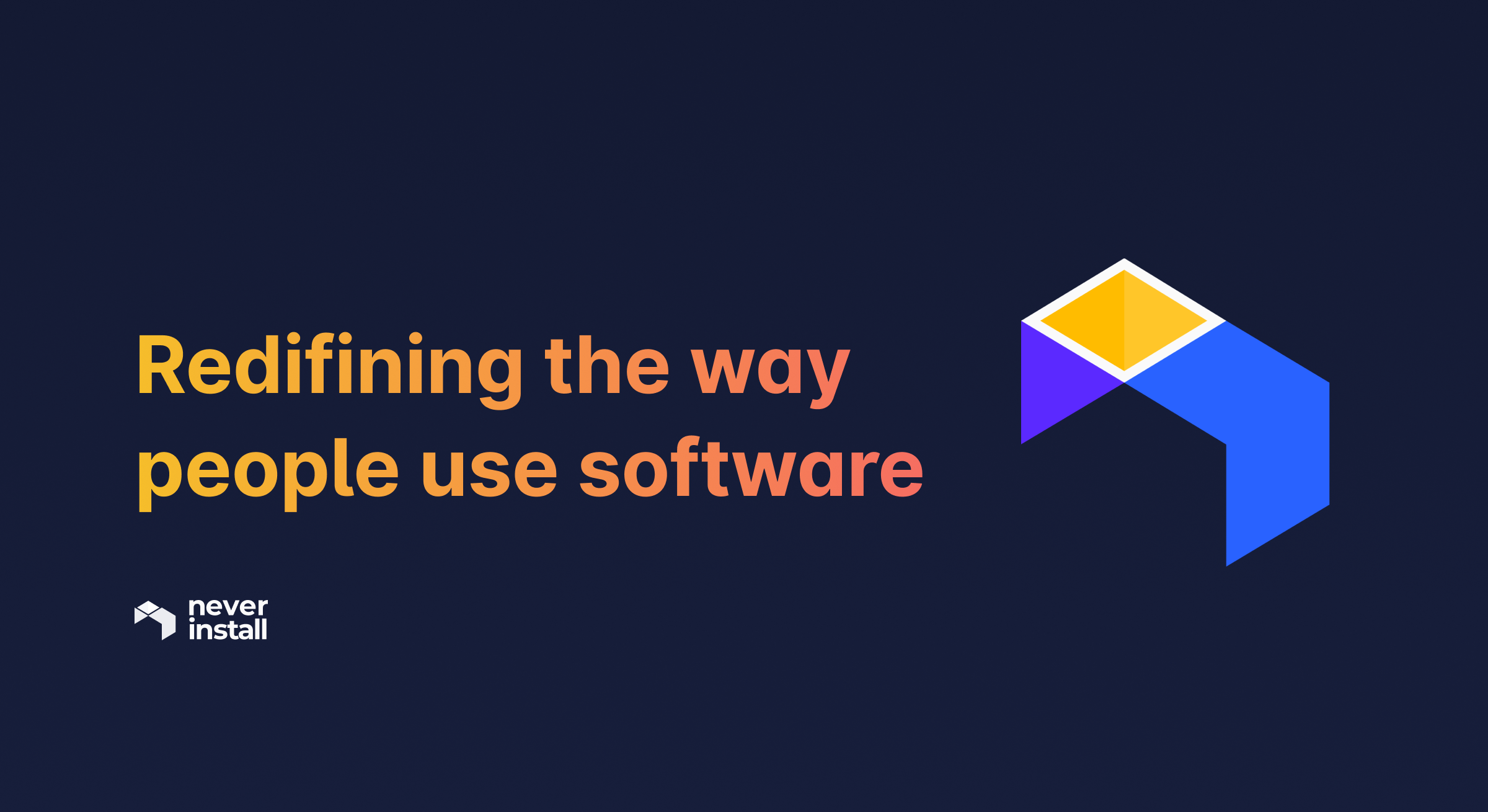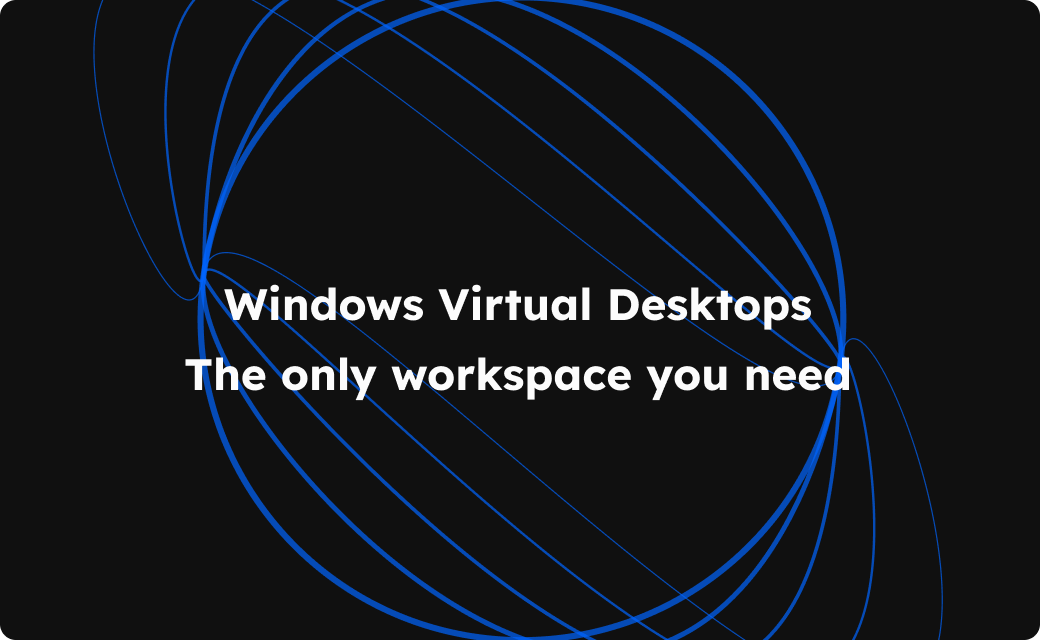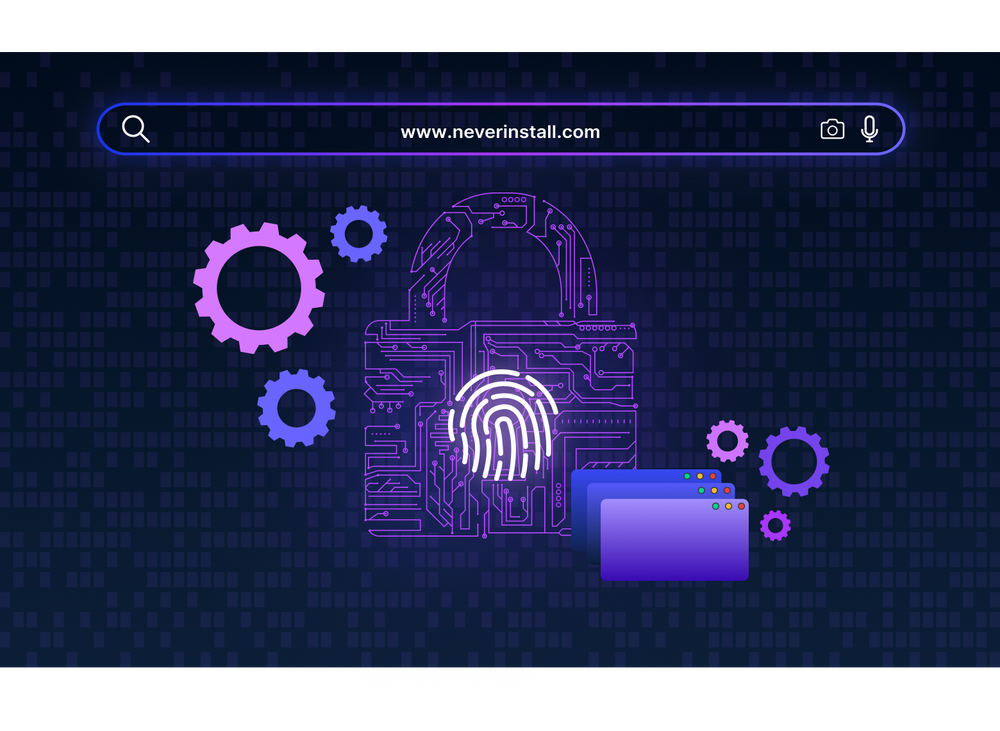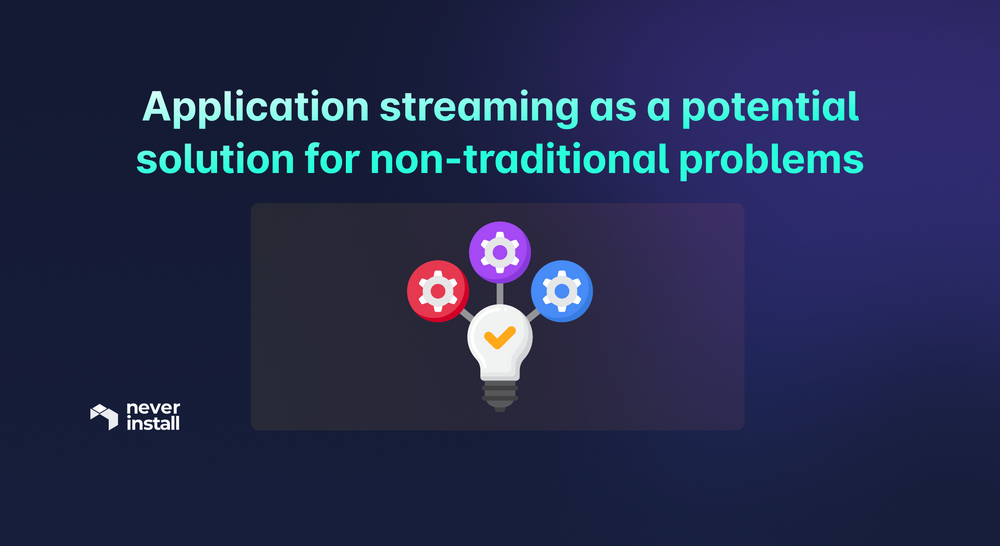We were building a solution to solve our problems, and though we knew it wasn’t just us, we never really expected it to turn out this way.
As YouTube brought the advent of streaming video, and when later Netflix took mainstream media to the cloud, we were astounded by the capabilities of the cloud. And as exciting as it would seem back when I wrote my first line of code, it was a daunting task when I actually sat down to build on it.
When we first came up with the idea of Neverinstall we had been building a platform to take text editors online, we didn’t know what we were getting ourselves into. Our journey started with an online joke in the dev community, and it brought us here.
First, we solved a meme
As developers, we knew the pain as much as anyone. Inconsistent dev environments and disparate setups were a major hurdle to the development process and we’d witnessed it almost everywhere we had worked. So lead with and envisioned Neverinstall as a platform that would allow our code to work on every machine by eliminating the setup process; essentially pre-installing and pre-configuring dev environments which could be streamed over the cloud to virtually any device.
We addressed what we heard
From the first time, we built the platform (previously known as YAOE), we knew that an efficient feedback loop is critical to the platform. We introduced radical changes to the platform several times during its first year and almost every update was a direct result of what our users expect from the platform.
A key component of building an alternative to the physical machine was the experience. And we knew that user feedback was going to be a critical part if we were going to get it right. Where most cloud desktop platforms had failed to become a possible replacement, we immediately placed focus on delivering a native experience in the cloud. We looked at everything from how users interact with applications to keyboard inputs and even preferred languages.
And although we knew latency was going to be an important part of it, it wasn’t all there was. We viewed the native experience as we would want it, and understood that a familiar user interface, control of the user environment, and privacy were equally important parts of it. We started small and put independent effort into solving each of these to help bring a personal cloud computing experience as close to the native experience as possible.
The streaming story
In the middle of the pandemic when work from home became the norm and virtually everyone was ‘Netflix and chill’-ing (insert preferred OTT name) we got curious. Setting up dev environments again was exhausting enough for us, but the hindrances to collaboration added to our misery. We knew we were streaming videos over the cloud, music had been there for a long time, but we saw web apps and we wondered – why not?
Why can’t we stream desktops; but unlike traditional VDI or RDP solutions, actual cloud-native personal computers? Alongside our Dalgona coffee and movements for back pain, my twin and I found ourselves something exciting – applications streaming.
The need, especially for dev tools was already present in the market – thanks to the excruciating setup of dev environments and our meme problem. And although we started with dev tools, we soon discovered the need for design tools, utility apps, and several others (and even more to come) on the cloud. Notably, a native experience was a bare minimum requirement for virtually every app that we chose to stream – and we just happened to have the right things in our arsenal.
Technical choices
Hardware was to be our biggest competitor; expensive machines running on high-spec chips and boards. So naturally, we were at a disadvantage – replicating the success of age-old solutions with an easily accessible platform is no easy feat.
We decided to explore the WebRTC protocol known for its ability to send high-fidelity audio and video while making data packets adaptive to different network conditions (we were serious about performance issues). Since the bulk of the platform would rely on real-time interactions, reducing delays would inevitably improve the responsiveness of applications.
No deep breaths anytime soon
As the product has progressed and reached closer to its intended form, we’re now preparing for major strides. If there’s anything we’ve learned from our journey is that expertise goes a long way, and expertise takes time. We are Neverinstall, leading the way for application streaming and our story continues.






